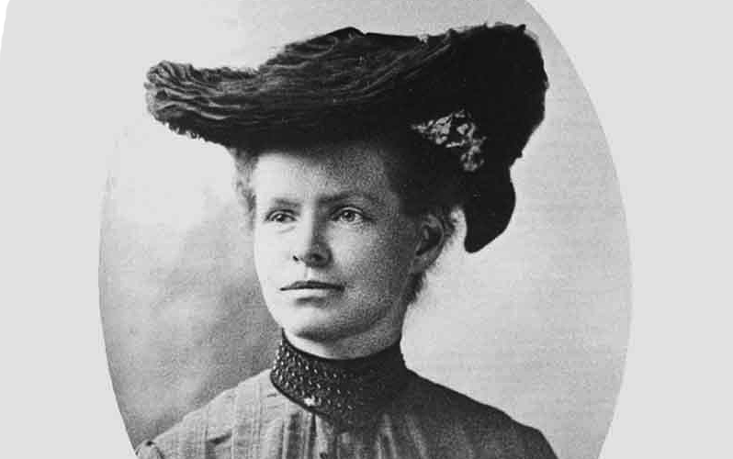Exploring the Complex Relationship Between Sex, Gender, and Identity
Written on
Chapter 1: Understanding Sex and Gender
The connection between genetics and identity can often seem perplexing. It's commonly accepted that humans are fundamentally categorized into two main types: male and female. However, this binary classification is frequently challenged by cultural critics, queer theorists, and artists who highlight the nuanced variations that exist within these groups. Despite the complexities, three critical truths stand out: males and females exhibit distinct anatomical and physiological differences, these differences are driven by genetic factors, and they play a significant role in shaping individual identities.
The concept that genetics influence sex and gender is relatively modern. Here, "sex" refers specifically to the biological and physiological differences between male and female bodies, while "gender" encompasses the broader social, psychological, and cultural roles individuals adopt. Gender identity, on the other hand, is an individual's internal sense of self, which may align with traditional categories or exist outside of them.

Nettie Stevens, a pioneering geneticist, began to unravel these complexities in the early 20th century. For centuries, scholars like Galen speculated about the anatomical differences between genders but lacked a scientific understanding of genetics. Galen theorized that male and female reproductive organs were essentially variations of one another, a notion that persisted through the medieval period.
Section 1.1: Historical Perspectives on Gender Determination
In antiquity, philosophers such as Anaxagoras proposed theories based on the location of sperm and its influence on gender, suggesting that the right or left side of the body determined a child's sex. Such theories, while flawed, were groundbreaking in their acknowledgment of randomness in gender determination.
Despite this historical backdrop, it wasn't until Nettie Stevens conducted her seminal research in the early 1900s that a clear link between chromosomes and sex determination was established. Stevens’ investigation into the common mealworm revealed that a specific chromosome—later identified as the sex chromosome—was pivotal in defining an organism's sex.

Stevens' findings, which were further supported by Edmund Wilson’s work, led to the recognition that males and females possess different chromosomal configurations: XX for females and XY for males. This breakthrough laid the foundation for understanding how genetic makeup influences sex.
Chapter 2: The Y Chromosome and Its Vulnerabilities
The Y chromosome, crucial for male development, is particularly susceptible to genetic mutations, leading to its gradual reduction in size and functionality over millions of years. Unlike other chromosomes, the Y chromosome lacks a paired counterpart, making it vulnerable to irreversible mutations. As a result, it has shed many genes over time, leading to the hypothesis that a single gene may control male characteristics.
This video, "Is Sex Binary or is it a Spectrum? Q&A w/ a Gender Philosopher," delves into the intricate discussions surrounding the binary and spectrum views of sex and gender.
The search for the master gene responsible for male characteristics led to the work of Peter Goodfellow in the 1980s, who eventually identified the SRY gene as the primary determinant of maleness. This discovery raised critical questions about the relationship between genetic sex and gender identity.
Section 2.1: The Case of David Reimer
The case of David Reimer exemplifies the complex interplay between genetics and gender identity. Born as Bruce Reimer, he was subjected to a controversial gender reassignment experiment after a botched circumcision. His experience highlighted the profound influence of intrinsic genetic factors over external social conditioning in shaping gender identity.
The second video, "Science Proves Sex is a Spectrum? Maybe Not! (Response to @SciShow)," critiques the notion of sex and gender as a spectrum and explores the genetic underpinnings.
As David transitioned back to his original gender, it became clear that attempts to manipulate gender identity through social constructs often fail against the backdrop of genetic reality. The outcomes of such interventions underline the significance of recognizing inherent genetic influences.
Section 2.2: The Spectrum of Gender Identity
While the biological aspects of sex may be predominantly binary, the expression of gender identity exists on a broad spectrum. This complexity is further illustrated by individuals with gender dysphoria, who may feel a disconnect between their chromosomal sex and their gender identity. Studies have shown that those assigned female at birth but chromosomally male often experience significant identity conflicts, emphasizing the intricate relationship between genetics and gender.
In conclusion, the intersection of genetics and gender identity reveals a nuanced landscape where biological factors and social influences intertwine. As we deepen our understanding of these relationships, we can better appreciate the diverse experiences of individuals navigating their identities.